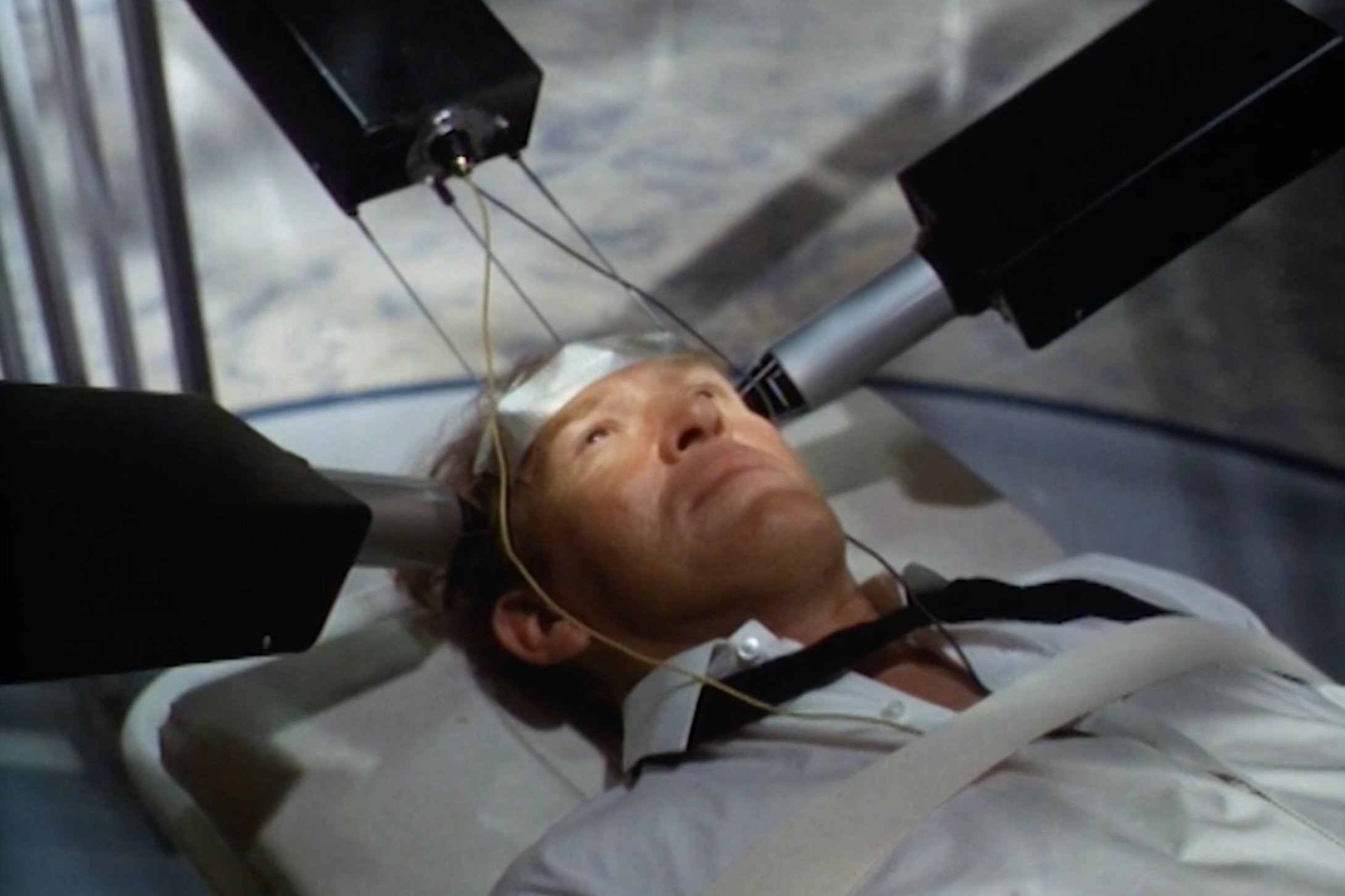How to Stay on Course: Save Your Brain, Make The Right List
In an existence where everything is instant and fast, we are constantly seeking how to fill time. That feeds both boredom and initiative. It also fuels distraction, which prevents actually fulfilling personal and professional undertakings.
Focus.
Such a mounting task for such a short word.
Focus is the “it” factor needed to accomplish intended goals. This gets heightened importance at the beginning of the year when personal and professional aspirations undergo a refresh. By the second week of January, for example, more than half of people drop their fitness goals. The temperature is arctic out and the Taylor-Travis football playoffs are on. Nobody can in good conscience criticize the drop-off.
But, things need to get done, from toning to tax-ing to task-ing.
How are we supposed to focus when science does not clearly understand what focus is? Gamma oscillations, microsaccades and cholinergic activity may improve cognitive functions needed to successfully accomplish attention-demanding tasks. The importance of focus reveals itself in age-related cognitive decline when getting distracted from a cognitive thread is easier.
Furthermore, personal energy determines why it is so difficult to get done the un-dones.
The long-term method to gain focus is through meditative practices like the Candle Exercise. But, a more immediate method is a pen and paper away.
Lists. Create and destroy them.
THE $CIENCE
Cognitive and physiological health can take a hit when trying to accomplish anything in life. This is partially linked to the resulting stress and anxiety that accumulates over time. How many times do we start doing something or intend to, then get distracted by something else. That’s a big chunk of time wasted. It leads to pile up of work and added stress or depression (Kapha) and anxiety (Vata) and frustration (Pitta).
Every week, month and year lists get made. And every week, month and year disappointment ensues.
Failure.
A more mindful method starts with making dosha-rooted lists. Goal lists cannot be created using a general method because brain functioning is distinctive to doshic tendencies. Intensity of drive and creativity stipulate the formula for managing expectations. How you deal with issues and maintain energy to get the things done requires focus. The simplicity of lists gets simpler here.
The brain focuses in many different ways depending on the need- emergency responses require different neural activity than working on an assignment. A list allows the visual cortex and L5 neocortical pyramidal neurons to manage engagement. Distractions happen, but a dosha-based list is a grounding point that stimulates focused attention based on personalized energetics. This makes it harder to fall through.
Use doshic tendencies to remove from, add to or make lists.
Pitta: The Over-Achiever
Take 2-3 items off your list.
Like Pitta’s ravenous appetite for food, their hunger for devouring goals is equally strong. This is fulfilling until unreasonable ambitions produce aggravation. The frustration of not getting everything done or looking at a massive plate often spills over to their health and others. This process not only makes them an unpleasant person to be around, but also inflames sensitive tissues. Inflammation can be chronic or acute, manifesting into conditions like IBD/IBS, hypertension and neurodegeneration. Prioritize the most feasible objectives and remove unrealistic aims.
“Daily circumstances call for breaks in focus. Acetylcholine may help tune out one thing over another in an awareness-dependent manner. The trick is to excite the dendrites of output neurons in L5 layer enough for the cholinergic system to elicit a huge response. This model explains why we shift attention to a lab emergency and away from writing a research manuscript.”
Vata: The Un-Committer
Make a list.
With so much going on in the minds of unorganized Vata, one must ask… Where does the time go? Vata energy regulates attention and indulges a propensity for daydreaming. Attention deficit conditions are ongoing and growing globally. Indecision and worry underlie abandoned intentions. An easy way to commit to goals is to recognize tasks and activities based on time. This doesn't mean to squish every minute with so-called productivity. Jot down every activity and when they get done. Even if it is time spent just thinking about a task while watching TV. This strategy puts into perspective the reality of the day- are you nervous about starting something new or not sure which assignment to start first? Making time-based daily lists helps to organize days and weeks so that the year won’t be a surprise of things that didn’t get done for no reason. Compile a scheduled to-do list once pattern-recognition is established.
“While working, specifically for Vata, another assignment on the list may become distracting due to a microsaccade. It may be processed at a lower alpha frequency in the visual cortical system as background noise. Or, the brain might need to readjust from focusing. Rest, like a napping, increases attentiveness when returning to the previous task.”
Kapha: The Under-Achiever
Add 2-3 items to the list.
So much time so little time is Kapha’s motto. Kapha has focus and persistence, but taking it easy tends to get in Kapha’s own way. Sitting on things, literally, can increase obesity, slow metabolism and increase lipid deposition. These processes have been linked to increase the risk of Alzheimer’s. Note tasks with due dates to reduce procrastination. Scheduling to-dos, even after-meal walks or hang-nights, can keep you from losing time thinking about doing stuff instead of doing stuff. It is okay to overfill the calendar and recognize that the un-dones are fine, just as long as the list is prioritized.
“The brain is literally bursting to focus. Instead of isolated neuronal activity, neurons work as a whole to intensify brainwaves. Gamma oscillations signify less variability, which means that the brain, specifically the prefrontal cortex (PFC) and the output layer of the neocortex (hippocampal pyramidal cells L5), is focused during attention-demanding tasks. Asynchronous activity indicates the diversion of focus, which may allow for attention on newly impending matters. Third eye meditation and lists help focus.”











